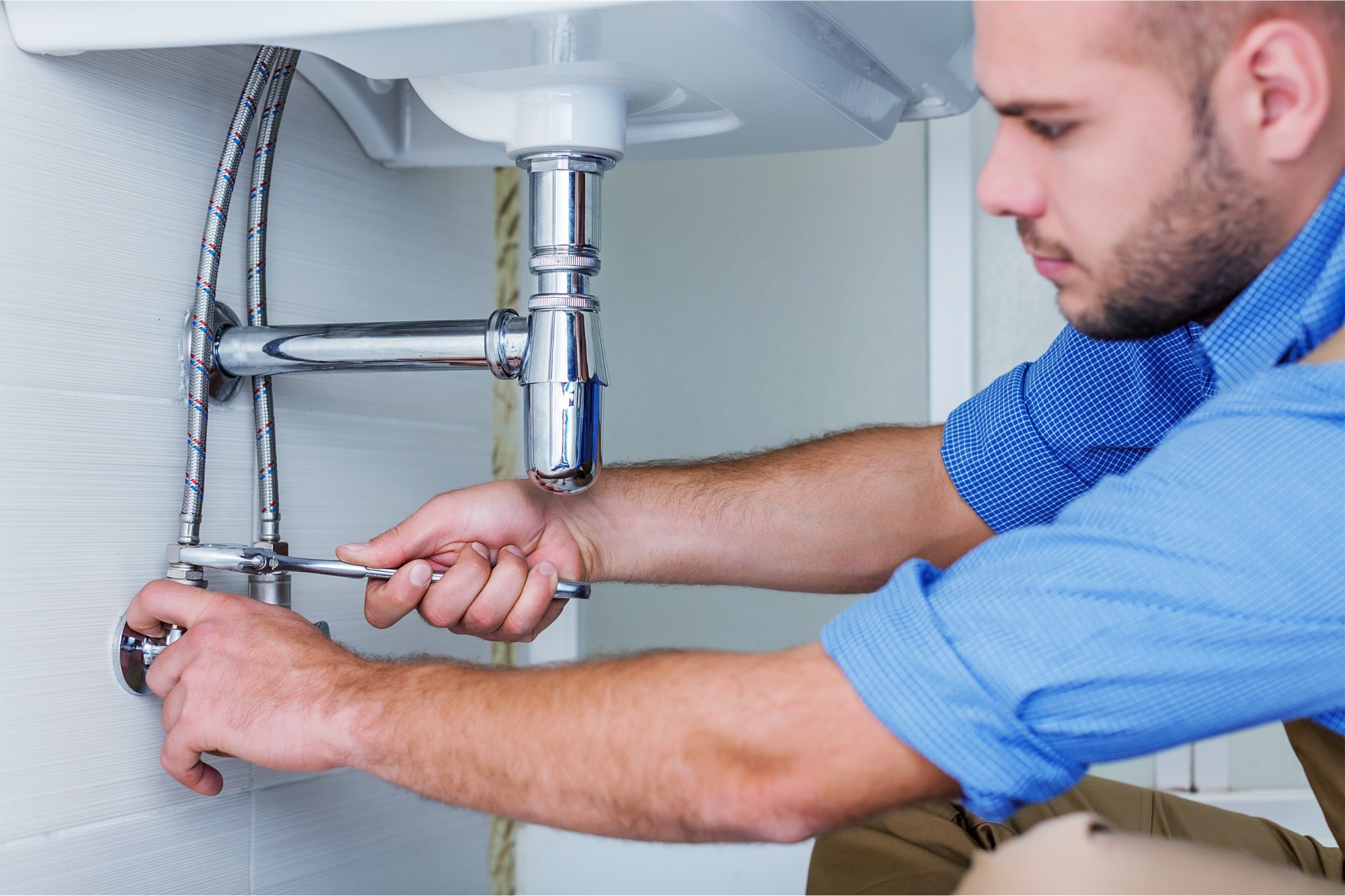A high-pressure jetter is an excellent asset for cleaning drain lines, removing grease, and flushing an area. This makes high-pressure jetters a crucial tool for drainage contractors, utility companies, and building service operators.
If well maintained, a jetter should last many years. But if an issue does arise (like the pressure depleting), you can often fix this yourself.
There are simple maintenance procedures you can execute to quickly and inexpensively remedy the situation.
So, with that in mind, here’s a plumber’s guide to jetter troubleshooting.
Identifying When Something Is Wrong
The first step to maintaining a jetter is to realize when something’s wrong and troubleshooting it immediately.
Symptoms of a pressure issue indicate themselves through:
- Low pressure
- Loss of pressure
- Pressure spikes
Once you’ve tested the jetter for a few minutes and have identified the problem, it’s time to check the nozzle, water supply, and flow through the jetter hose. It’s also essential to check for any leaks.
Often, the cause is simple and easily remedied with basic jetter troubleshooting.
How to Deal With Low Pressure
Pressure occurs as a result of forcing water through a restriction; in this case, the jetter nozzle. The pump creates a fixed water flow, measured in gallons per minute, regardless of the nose at the end.
So if you have the right nozzle and you’re still experiencing pressure problems, the root cause will probably be a lower-than-usual GPM.
Your first steps should include checking the oil, cleaning the strainer, and making sure there is enough water in the tank.
Check the Nozzle
Now it’s time to inspect the nozzle. This shouldn’t look worn out and should be the appropriate size. If the nozzle is restricting the flow, lower pressure will result.
You can test if the nozzle is the problem by trying the jetter with different nozzles, including the one that came with the jetter, as these are commonly the right size for the model you use.
For troubleshooting, you should avoid using spinning or specialty nozzles, as these may provide inconsistent results and could cause pressure failures in more places.
Check the Settings
The next step is to check your regular running adjustments, such as the unloader setting and engine speed. Check you’re running at full throttle, and your unloader is on the right setting.
You can try to adjust the unloader to increase pressure. If this isn’t changing the reading on the gauge, stop at once to not over tighten the unloader.
Equipment can spike to the max unloader setting with the closing of a valve or a low flow nozzle, even if it doesn’t currently reach pressure with a nose.
Check the Tank
Assessing the tank near the return hose while the unit’s running can tell you if the problem is with the pump or pressure controls.
Check this first with the nozzle installed and inserted securely and safely into a drain. The flow control handle should be up and the unit should be operating at full RPM (standard operation jet settings).
If water is returning to the tank, three control parts might lower the pressure:
- The unloader valve directs water to the nozzle until the setting is reached and then returns the access to the water tank if working correctly.
- The flow control (3-way valve) will bypass altogether when the handle is down, but not at all when the handle is up.
- The pulse valve won’t bypass when closed. Instead, it will increase as it’s opened, which creates hose vibration.
Check if these parts are working as they should. Start by removing one end of each of these hoses to observe how the components function. If you notice one acting different from what’s described, replace that component.
Other Things to Check
If water isn’t returning to the tank, the pressure problem might be because of a small pump GPM. So we recommend checking the inlet strainer and engine RPM for any issues.
To perform advanced troubleshooting on the pump, you might need to require a tachometer to ensure the engine RPM is appropriate. In most cases, this should be 3,550 RPM under load.
When performing the troubleshoot, it’s easiest to start by checking the things you can visually see from the outside without removing or replacing parts. Such things could include loose fittings on the suction side or leaks on the discharge.
Leaks in the pump inlet introduce air to the flow, which disturbs the running and can create low/inconsistent pressure. The same is true of holes on the discharge or high-pressure side; this can also lower the pressure.
Troubleshoot the Pump
We’re nearing the end of our jetter tips, so once you’ve ruled out the easy-to-access parts mentioned above, it’s time to check if the pump’s the cause.
Is the unit pulsating or is the water flowing smoothly? Pulsation similar to an open pulse valve can indicate that your pump suffers from a broken cylinder, which usually results in halved pressure.
Disassemble the check valves under the stainless steel plugs in the pump head to look for:
- Debris
- Breakage
- Crushing
- The o-ring that seals the manifold
With the valves removed, turn over the engine while looking into the discharge valve holes. All three plungers should be moving back and forth. If not, there’s a significant failure in the pump crankcase or gearbox.
You should find hard pulsation in these valves usually. You can fix lower vibration or pressure loss by replacing the pump seals.
Troubleshoot Your Jetter When Pressure Issues Arise
By performing simple checks, you can ensure your jetter lasts for years to come.
For more jetter tips, subscribe to our blog. This is the easiest way to keep up to date with all our latest content.

